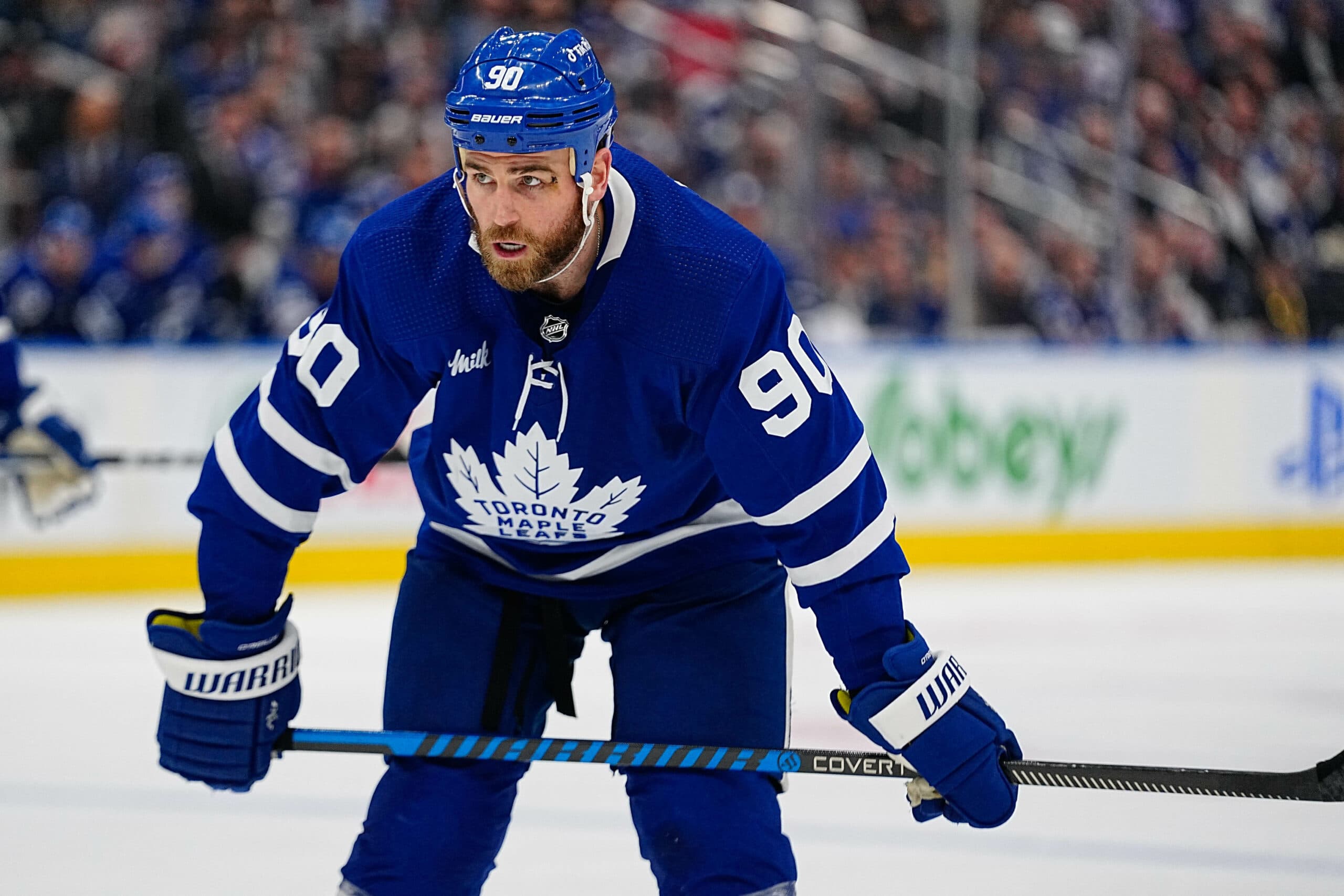Ranking the Maple Leafs’ six 2023 trade deadline acquisitions by performance
Photo credit: John E. Sokolowski-USA TODAY Sports
By Alex Hobson
Jun 5, 2023, 13:58 EDT
Breaking News
- Dallas Eakins raves about Berube, Nylander, & Toronto’s postseason growth: Leafs Morning Take
- Craig Berube on what he’s learned from coaching William Nylander: ‘Just leave him alone’
- Brad Marchand admits the 2025 Leafs are continuing to get better
- Craig Berube doubts Anthony Stolarz will travel to Florida for Game 3-4 against Panthers
- Max Pacioretty exemplifies Maple Leafs’ willingness to sacrifice vs. Panthers
